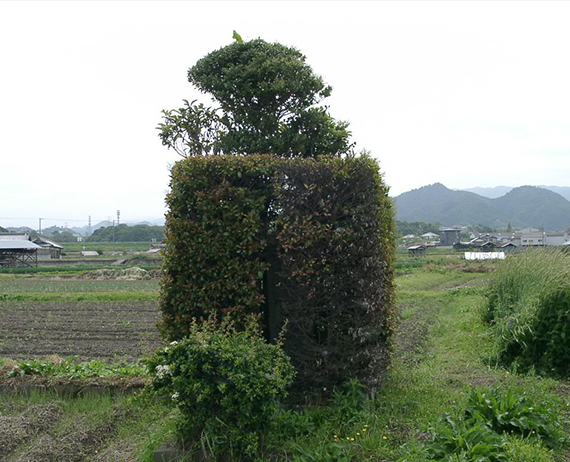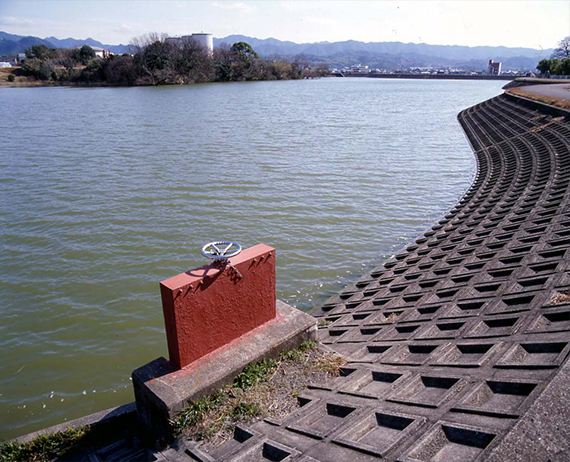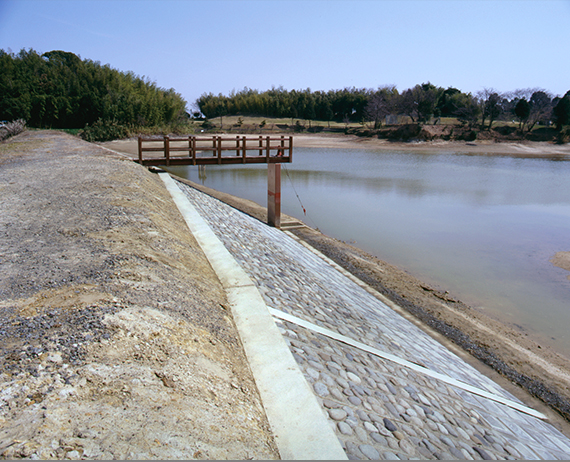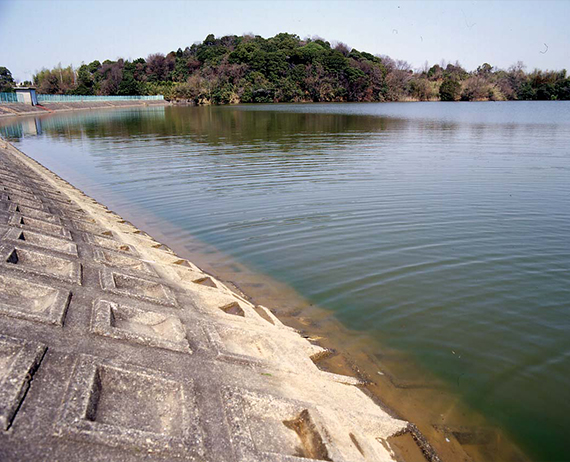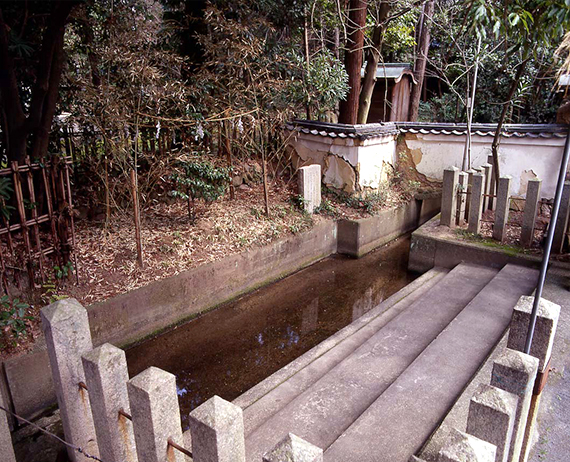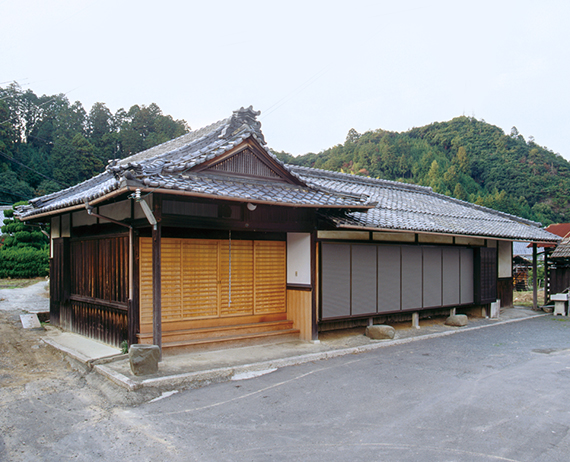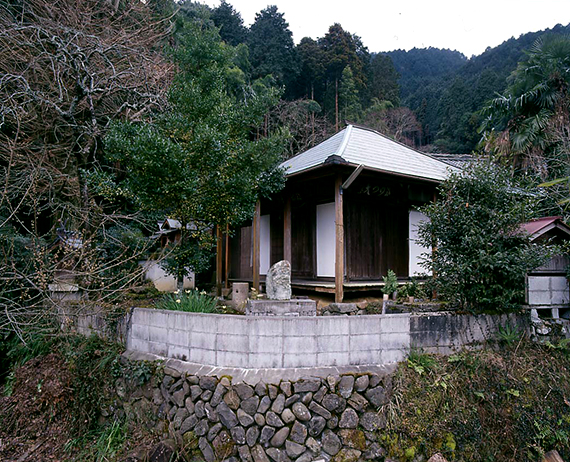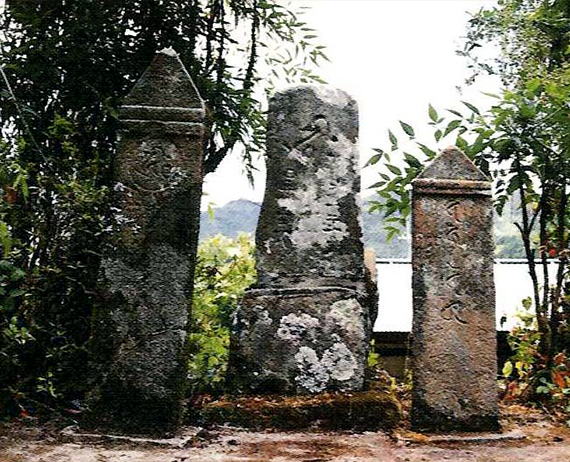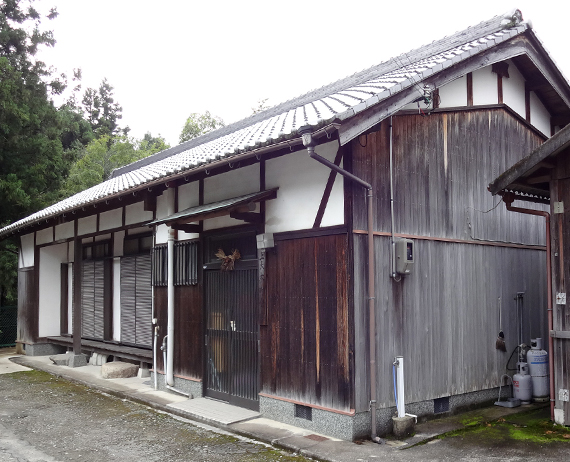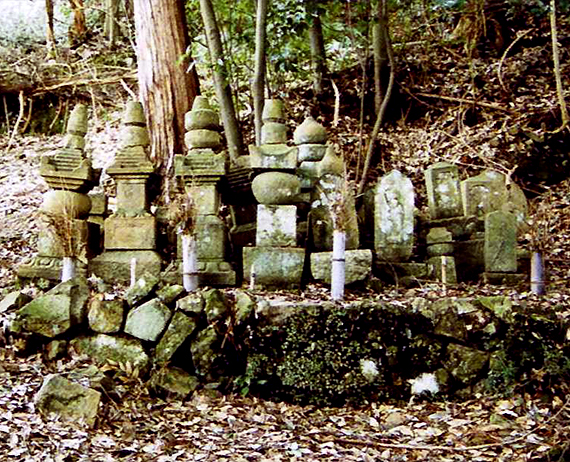Historical Remains of Hinenosho (16 sites)
The foundations of the shoen, which have continued to change every day as the people in the local community go about their daily activities, have been passed down to the present day in the medieval buildings and landscapes that remain.
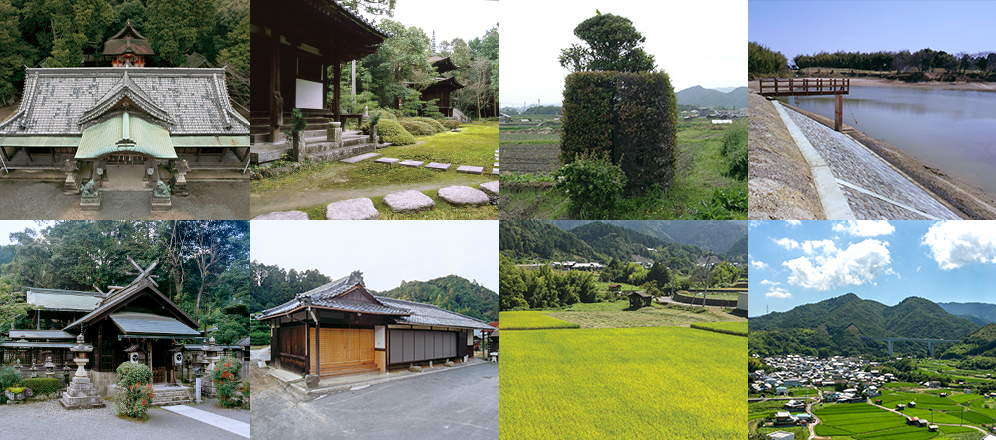
Hinenosho was a shoen (a private estate or manor held by a noble, temple or shrine) in the estate of the Kujo Family located in present-day Izumisano City from the Kamakura Period (1185-1333) through to the Warring States Period (1467-1573). The Kujo Family, one of the five Sekkan-ke (clans of regents and advisors to the Emperor at that time), established Hinenosho in 1234, and there are many clues for understanding the conditions of those days in numerous archives that describe them in detail. The main sources of these clues are the Kujo Family Archives owned by the Imperial Household Agency, which include the Painting of Hineno Village and Ihara Village and the Painting of Hineno Village (1316). Another useful source is the Masamoto-ko Tabihikitsuke (a record of Masamoto’s travels; 1501-1504), which was written by Kujo Masamoto during his stay in Chofukuji Temple in Iriyamada Village. Because of their well-preserved views of components of the landscape illustrated in the paintings, such as temples, shrines and other buildings, ponds and hills, the Historical Remains of Hinenosho are nationally known historical remains of shoen, along with the Remains of Nittanosho in Gunma and the Remains of Honderamura Shoen in Iwate.
Among the components of the historical landscape, 14 sites, including temples, shrines, ponds and waterways, were designated as National Historic Sites by the Japanese government in 1998. In addition, the former site of Chofukuji Temple, at which feudal lord Kujo Masamoto is believed to have stayed, and the former site of Tsuchimaru Ameyama Castle, which includes an area in present-day Kumatori Town, were added to the designation in 2005 and 2013, respectively. The Historical Remains of Hinenosho thus contain 16 National Historic Sites at present.
Sites designated as the Historical Remains of Hinenosho, National Historic Site
<Access to the Historical Remains of Hinenosho>From Izumisano Station on the Nankai Line or Hineno Station on the JR Line, take Nankai Wing Bus Line 21 and get off at Shimo-ogi bus stop. The Historical Remains of Hinenosho are a 5-min walk from the bus stop.
Back to Attraction of the constituent cultural properties
Hine Jinja Shrine
This shrine was closely related to the development of the Kashii River basin and served as the tutelary of Hinenosho as a whole. It is marked as “Oiseki Daimyojin” in the Painting of Hineno Village. The name “Oiseki” apparently came from the role of the shrine in governing well water flowing through the shrine’s site. The Masamoto-ko Tabihikitsuke records that a grand festival was held on April 2 every year to organize performances of sarugaku (the precursor of kyogen farces in Noh theater), kurabeuma (horse races), sacred services involving ceremonial archery and other festive events. While the shrine was burned down in an attack on Kishu by Toyotomi Hideyoshi, it was rebuilt by Toyotomi Hideyori, and its inner shrine and the inner shrine of Hime Jinja Shrine have been designated as Cultural Properties by Osaka Prefecture. In May every year, a Pillow Festival is organized at Hine Jinja Shrine that features a parade of three nobori (flags) with decorative pillows entering the shrine grounds to pray for an abundant harvest, easy delivery of babies and other wishes. The Pillow Festival has been designated as an Intangible Folklore Cultural Property by Izumisano City.
 Inner shrine of Hime Jinja Shrine
Inner shrine of Hime Jinja Shrine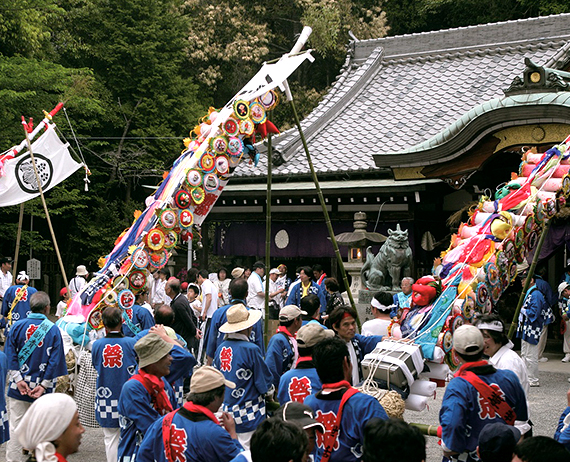 Pillow Festival of Hine Jinja Shrine
Pillow Festival of Hine Jinja Shrine
<Access to Hine Jinja Shrine>From Izumisano Station on the Nankai Line or Hineno Station on the JR Line, take Nankai Wing Bus Nanbu Line 21, 23 or 24, get off at Higashiue bus stop, and walk a little.
Jigen-in Temple
This temple, which belongs to the Omuro School of the Shingen Sect of Buddhism, is believed to have played a major role in the management of Hinenosho by the Kujo Family. There is also a theory that it is the successor to Muhenko-in Temple, which is depicted in the Painting of Hineno Village. The temple received its official name, “Jigen-in” (the Buddhist name of Kujo Masamoto), from the head priest of Ninnaji Temple in 1665. The grounds contain a two-story pagoda and a main hall erected in 1271, which have been designated as a National Treasure and National Important Cultural Property, respectively.
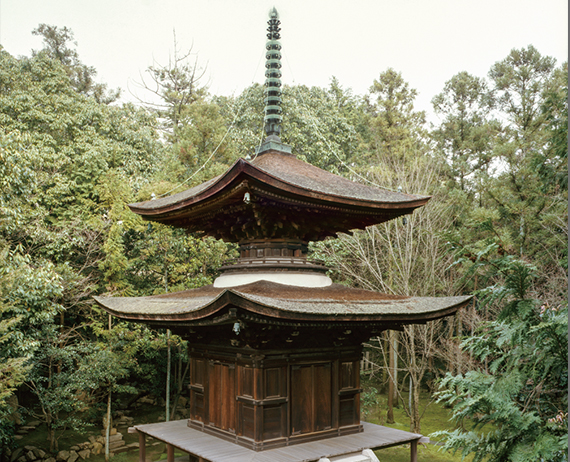 Two-storied pagoda
Two-storied pagoda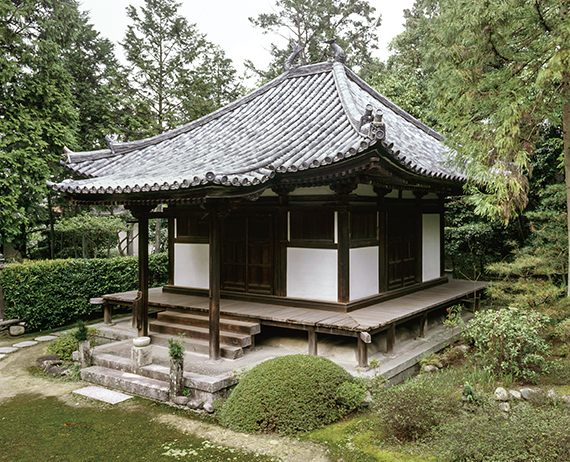 Main hall
Main hall
<Access to Jigen-in Temple>From Izumisano Station on the Nankai Line or Hineno Station on the JR Line, take Nankai Wing Bus Nanbu Line 21, 23 or 24, get off at Higashiue bus stop, and walk a little.
Hibashiri Jinja Shrine
During the time when Kujo Masamoto resided in Hinenosho, this was the shrine for the four settlements constituting Iriyamada Village (Funabuchi, Shobu, Oki and Tsuchimaru), and it was also known by the names “Taki Daimyojin Shrine” and “Takimiya Shrine.” Inunakisan Shipporyuji Engi, which was written by Masamoto, mentions the relationship of the shrine with Shipporyuji Temple. The Masamoto-ko Tabihikitsuke also contains many entries set in Takimiya Shrine. Although the name “Iriyamada” is rarely used nowadays, the inscriptions on some kettles and lanterns produced in the Edo Period (1603-1868) read “Iriyamada-no-sho,” and the name has been passed down as an area name representing the integration of the four settlements. The autumn festival of Hibashiri Jinja Shrine involves entry into the shrine grounds (miyairi) of ninai danjiri (floats carried on the shoulders of participants), which has become a rare style of danjiri even in the Senshu area. This ninai danjiri event and the inner shrine of Hibashiri Jinja Shrine have been designated as Intangible Folklore Cultural Properties by Izumisano City. Standing on the left of its inner shrine, the inner shrine of Miyuki Jinja Shrine, a sessha (auxiliary shrine) of Hibashiri Jinja Shrine, has also been designated as a National Important Cultural Property.
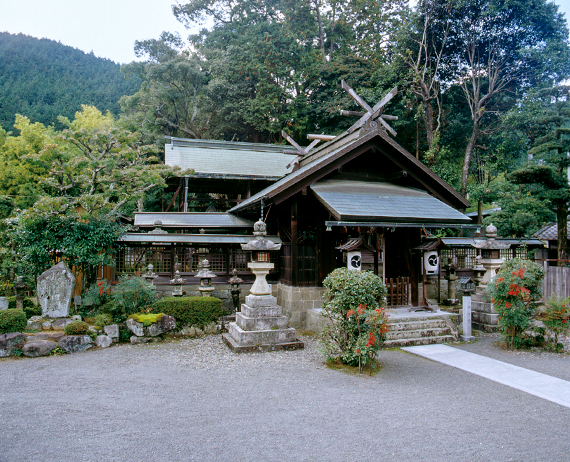 Hibashiri Jinja Shrine
Hibashiri Jinja Shrine Inner shrine of Miyuki Jinja shrine (a sessha or auxiliary shrine)
Inner shrine of Miyuki Jinja shrine (a sessha or auxiliary shrine)
<Access to Hibashiri Jinja Shrine>From Izumisano Station on the Nankai Line or Hineno Station on the JR Line, take Nankai Wing Bus Nanbu Line 21 or 23, get off at Nakaogi bus stop, and walk a little.
Former Site of Chofukuji Temple
Chofukuji Temple was used as the residence of Kujo Masamoto during the four years from 1501, when he moved to Hinenosho with about 10 retainers, to 1504, when he returned to Kyoto via Iriyamada Village. The temple also served as the headquarters for the governance of Hinenosho. The Masamoto-ko Tabihikitsuke is the diary he kept about his life during this period. It is known that the site contained halls, a residential building for Masamoto, Tenman Shrine, a well and other objects. With its final mention in an archive in 1611, the name of this temple vanished from historical records, and it cannot be found even in the registers of temples and shrines prepared in the Edo Period (1603-1868). The temple seemingly phased out of existence during this time. It was long believed that a paddy field bearing the name “Chofukukuji” was the location of the temple, and an excavation survey conducted between 2002 and 2003 discovered large volumes of tiles, architectural remains, a garden and pond, a well, a covered rockwork waterway and other objects confirming that it was the former site of Chofukuji Temple. Part of the former site of the temple is currently used as an outdoor exhibit that aims to promote harmony between the maintenance and management of the historic site and the surrounding landscape through the use of the area as agricultural land where people can experience rice farming.
 Architectural remains and garden/pond
Architectural remains and garden/pond Former Site of Chofukuji Temple
Former Site of Chofukuji Temple
<Access to the Former Site of Chofukuji Temple>From Izumisano Station on the Nankai Line or Hineno Station on the JR Line, take Nankai Wing Bus Nanbu Line 21, get off at Shimo-ogi bus stop. The site is a 5-min walk from the bus stop.
Former Site of Tsuchimaru Ameyama Castle
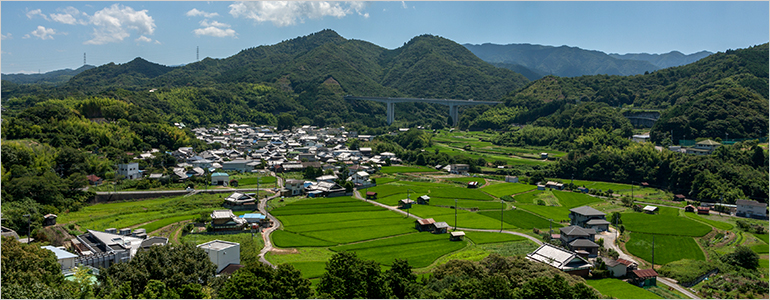
This medieval castle was erected near the peaks of the two connected mountains of Mt. Ameyama (312 meters) in present-day Kumatori Town and Mt. Tsuchimaruyama (Mt. Jonoyama; 287 meters) in present-day Izumisano City. Remains of common features of castles of the period from the Southern and Northern Courts Period to the Warring States Period (from 1300 to 1600), prior to the era when castle towers were built, have been found at the site, such as a kuruwa (area enclosed by earthworks), mushagakushi (warriors’ hiding place) and horikiri (man-made water channel). Located at a strategically important point on a road connecting Kishu and Izumi, the castle is known to have functioned as a mountain castle over a long period.
The site has been famous since the medieval period for the magnificent landscape that can be seen from the peaks and its kuruwa, such as its views of the southern part of Osaka, including Osaka Bay and Kansai International Airport, as well as its panoramic view of the Ogi area, which was designated by the Japanese government as Osaka Prefecture’s first Important Cultural Landscape.
The Masamoto-ko Tabihikitsuke also describes that people from Iriyamada Village of Hinenosho who tried to flee from wars stayed and hid their household items in the mountains. Mt. Ameyama has also been known among local people since early times for its distinctive prayer services for rainfall in times of drought. Based on these features, the castle was recognized in October 2013 as a medieval mountain castle closely related to life in Hinenosho and accordingly added to the designation of Historical Remains of Hinenosho.
<Access to the Former Site of Tsuchimaru Ameyama Castle>From Izumisano Station on the Nankai Line or Hineno Station on the JR Line, take Nankai Wing Nanbu Bus Line 21 or 23, get off at Otsuchi Shucchosho-mae bus stop, and walk for 40 minutes.

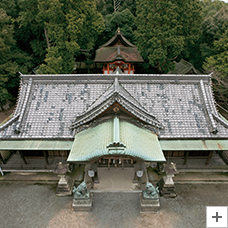 Hine Jinja Shrine
Hine Jinja Shrine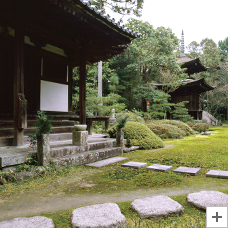 Jigen-in Temple
Jigen-in Temple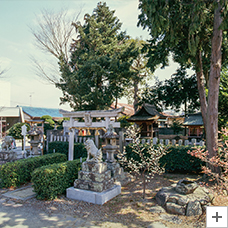 Chinju Tenmangu Shrine of Sofukuji Temple
Chinju Tenmangu Shrine of Sofukuji Temple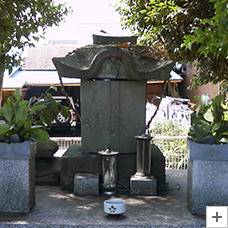 Shindode Ushigami Altar
Shindode Ushigami Altar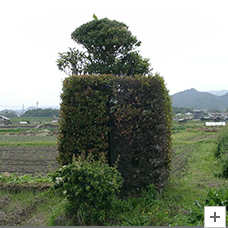 Former Site of Nonomiya
Former Site of Nonomiya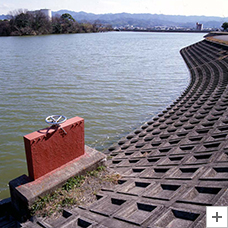 Junidaniike Pond
Junidaniike Pond Yaejiike Pond
Yaejiike Pond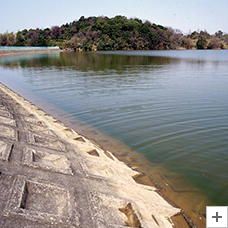 Amazuike Pond
Amazuike Pond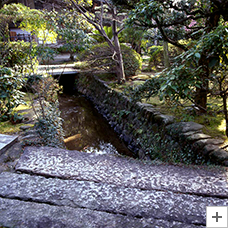 Yukawa Watercourse
Yukawa Watercourse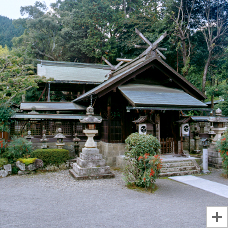 Hibashiri Jinja Shrine
Hibashiri Jinja Shrine Enmanji Temple
Enmanji Temple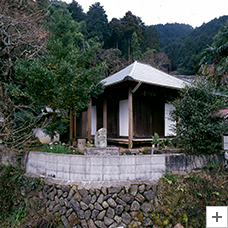 Bishamon-do Temple
Bishamon-do Temple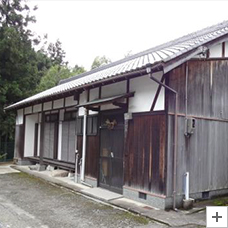 Rengeji Temple
Rengeji Temple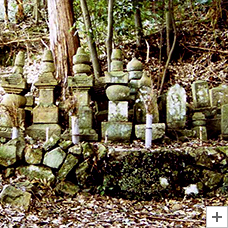 Former Site of Kosekiji Temple
Former Site of Kosekiji Temple Former Site of Chofukuji Temple
Former Site of Chofukuji Temple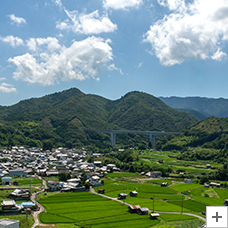 Former Site of Tsuchimaru Ameyama Castle
Former Site of Tsuchimaru Ameyama Castle








